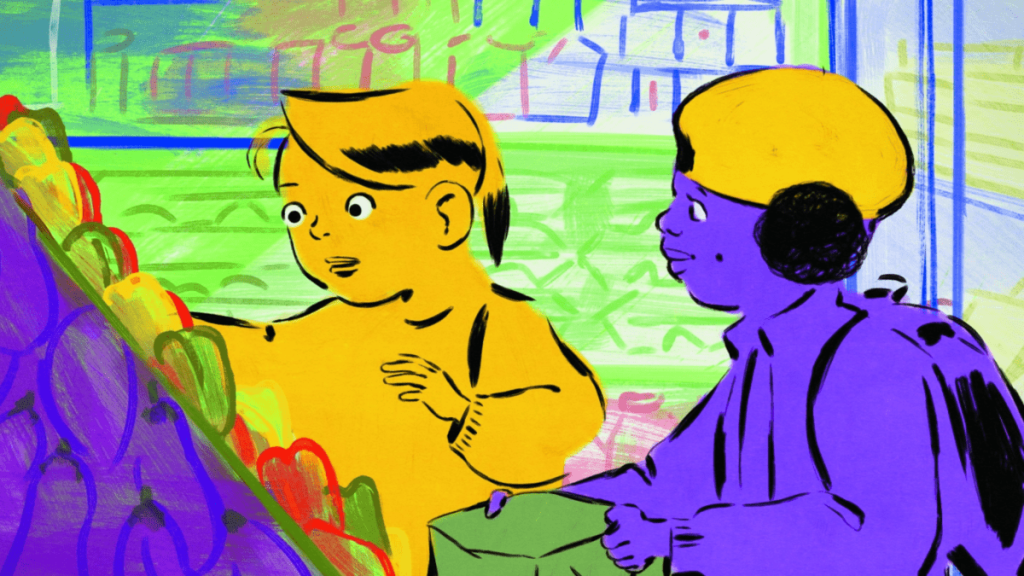ComingSoon Senior Editor Spencer Legacy spoke with Chicken for Linda! writers and directors Chiara Malta and Sébastien Laudenbach about the animated movie. The duo spoke about the color choices utilized throughout the film and what it was like to work with the children who provided many of the voices. Chicken for…

This is just an article test. #1









